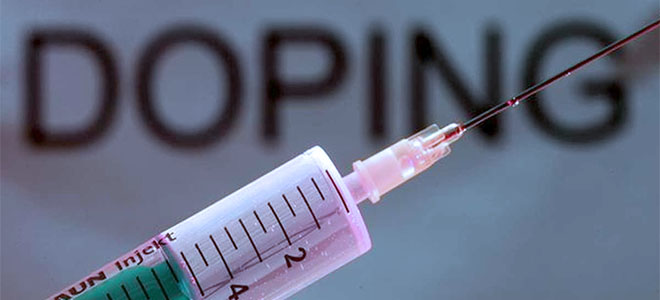Anti-doping agencies are failing in assessing the scale of the drugs problem
by Roger Pielke, Jr.
Sporting Intelligence
January 28, 2014
In 2011, at the Play the Game conference in Germany, I heard Dick Pound, a member of the International Olympic Committee since 1978 and the founding President of the World Anti-Doping Agency (WADA), make some remarkable claims about the unwillingness of sports officials to police doping. Then at the 2013 Play the Game Conference, in Aarhus, Denmark, Pound made even stronger statements, including an admission that anti-doping agencies don’t really know how many athletes dope, and actually don’t really want to know.
As a scholar who studies the role of evidence in policy, the issue of doping in sport provides a fantastic case study in how science is used, and not used, in decision making. That is the subject of an essay that I have in Nature this week (below, and linked here). This companion piece at Sportingintelligence provides some additional background and data.
At the 2013 Play the Game conference, Perikles Simon, of the Johannes Gutenberg University in Mainz, and Walter Palmer, former NBA basketball player and then working for the UNI Sport PRO, provided some exploratory looks at WADA drug test data. Palmer asserted, “Does compliance with the WADA code reduce prevalence of cheating? We cannot know.”
After looking at this issue, I think he is right.
Since that Aarhus conference I have invested some effort into checking these claims by contacting WADA and the US Anti-Doping Agency and asking for data or evidence. Perhaps not surprisingly, Pound, Simon and Palmer are all correct. Anti-doping agencies are not making good use of their access to athletes and doping tests, and consequently just don’t have a good sense of the magnitude of the problem or the effectiveness of their regulations.
Here at Sportingintelligence, I’ve written a few pieces on my explorations into doping data. Last summer I looked at some data and research on athletic performance, which is suggestive of a more pervasive doping problem than sports authorities admit.Then in the fall, I reported on my interactions with WADA, when I asked for test data that would allow for research into some basic questions, foreshadowing my current piece in Nature.
Since then, I’ve engaged in a lengthy correspondence with officials at USADA, where everyone was helpful and responsive. However, like WADA, USADA does not collect or report data that would allow for research on doping prevalence or the effectiveness of anti-doping programs.
I tried to get information from USADA on the number of athletes that they actually draw from for drug tests, that is, the “pool” from which sanctions based on testing violations are reported. In any rigorous statistical analysis, knowing the population from which a sample is taken can be pretty important. USADA told me:
“The number of athletes who may fall under our jurisdiction is large, ranging from a person who may get a day license from an NGB to compete in an event all the way to the athletes that represent Team USA at the Olympics. It has been estimated that around 15 million people participate in Olympic, Paralympic, Pan American and Para-Pan American sport disciplines in the country, however, that 15 million does not represent the actual pool of athletes that is regularly part of our testing program.”
Well, narrowing down that population to between one person and 15 million people is not really useful so I pressed USADA for clarification and quantification of that “pool of athletes.” They responded:
“It should be clear that the number that you are asking for ‘the number of athletes under our jurisdiction’ is large and fluctuates. It includes a range of athletes anywhere from someone who gets a day license from an NGB to race in a local marathon, to an athlete who represents the U.S. at the Games. Quantifying the large number of people who participate in all levels of Olympic, Paralympic, Pan American and Para-Pan American sport in this country is not the focus of our testing program.”
OK I get it, USADA does not account for the population of athletes under its jurisdiction. This does not appear to be the consequence of intentionally trying to hide anything, but rather, a lack of interest in supporting the independent analysis of testing data. USADA explained: “While it appears that you are having challenges using the data for the purposes you wanted, I think it is important to point out that our goal is not just to track data for the sake of tracking data. Read more …


